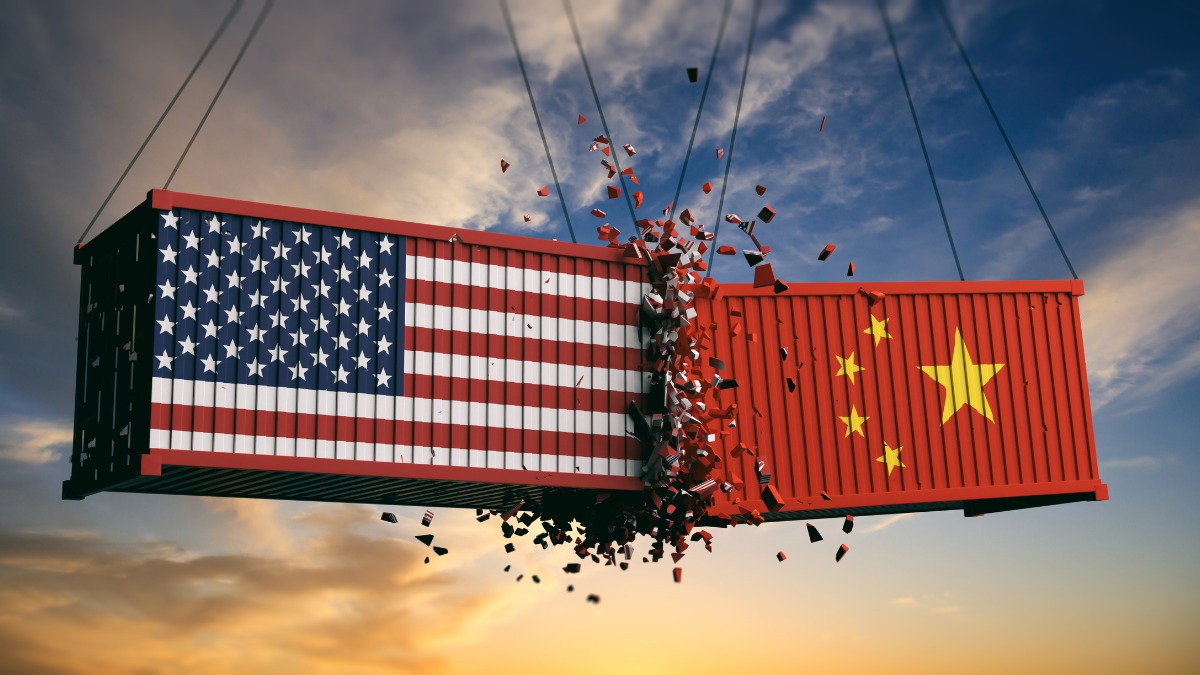Benchmark Gigafactories APAC: China’s largest battery-maker wants Aussie lithium chemicals

Pic: Getty Images
- Chinese battery giant CATL is supportive of Aussie lithium refining, eyeing it as an opportunity to play a role in the emerging US battery market
- But a prominent Australian and Korean diplomat says the US is closing the doors on Chinese investment in its battery and electric vehicle market, regardless of who wins this year’s election
- Indonesia is walking a tightrope, seeking investment from both the West and China in its nickel and EV sector
China and the world’s largest lithium battery producer CATL is keen to buy Aussie lithium chemicals, with its Australian division’s chairman putting his support behind its nascent and struggling refining sector.
There are just three downstream processing plants under development in Australia, owned by some of the world’s biggest lithium miners: Albemarle’s Kemerton plant near Bunbury, Tianqi and IGO’s (ASX:IGO) Kwinana factory and the Covalent Lithium JV owned by Chile’s SQM and Perth-based conglomerate Wesfarmers (ASX:WES).
But they’ve all had problems, even before Albemarle ceased construction on additional trains to wade out the tempestuous waters of the lithium price downturn.
The Tianqi-IGO plant is a case in point. Announced seven years ago, it’s still way off its 24,000tpa nameplate capacity, with an expansion that would double the plant’s size sitting in limbo.
But CATL can’t tap into the US market thanks to restrictions on ‘foreign entities of concern’ being involved in the supply chain for Inflation Reduction Act (IRA) compliant cars.
“We had intended to build there or in Mexico, but because of the IRA we are precluded from building there,” CATL Australia chairman and general counsel John H. Kwon told delegates at the Benchmark Gigafactories APAC conference in Perth yesterday.
“So this has issues for us obviously, because our customers like GM, Tesla … NCM batteries (nickel-cobalt-manganese cathode) they can get from LG, Panasonic or Samsung, but LFP batteries is what these manufacturers require.
“Australia is a US FTA (free trade agreement) country, we can buy from here and we can supply to the United States. Currently the model is it has to be taken to Korea or China. China is no longer possible, maybe Korea but that adds logistics costs.
“So for us as a company we would welcome the option of purchasing processed lithium here instead of having another pain point.”
Continued friction
Kwon said CATL’s plans to access the US market would come in the form of licensing and collecting royalties on plants using its LFP technology.
Responding to questions from Benchmark’s Terry Scarrott, he said the US election could change the landscape in a sense for Chinese battery producers. While Democrat Kamala Harris is likely to stay the course with the IRA, Kwon believes Republican Donald Trump is more open to securing investment as long as it keeps factory jobs in America.
On the other hand, Australia’s former ambassador to South Korea James Choi poured cold water on the idea Chinese companies could loop their way into the US EV and energy storage industries. He told delegates “free trade is almost dead”, saying companies were under pressure to divorce themselves from China from both sides of US politics.
Now honorary ambassador of foreign investment promotion for the Korean Ministry of Trade, Industry and Energy, Choi says the US election will not change the growing friction between the American and Chinese governments.
Economic policy was increasingly being framed in the context of national security, Choi said. In his view, foreign entity of concern rules have bipartisan support and will probably be strengthened regardless of who claims power.
“I think the overarching geostrategic competition between the US and China will shape the critical mineral supply chain and battery manufacturers,” he said.
“The IRA rules, I only see, will continue to intensify. I think that the US will start targeting individual Chinese companies and exclude them from the US market and, in fact, prevent them from succeeding in expanding into North America.
“I see parallels with what happened with a Chinese company, Huawei, and its access to the US market for 5G telecommunications technology. They were ruled out of the US market by the US Congress.
“I see a similar move now with Chinese battery manufacturers in the US market, and they’ll be targeted because they are simply too powerful. I think that dynamic will shape critical mineral supply chains into the future.”
Korean companies have already started to act to diversify their raw materials supply in a move tying them at the hip to the US and European markets.
Choi pointed to POSCO’s investments in a lithium hydroxide JV in Gwangyang with Pilbara Minerals (ASX:PLS), and a recently announced binding US$40m investment into ASX graphite developer Black Rock Mining (ASX:BKT), which owns the Mahenge project in Tanzania, as evidence of its bid to shift away from Chinese materials.
Size of the prize
The US market is such a big prize for both Chinese and non-Chinese battery manufacturers and raw materials suppliers because it is viewed, despite recent headwinds, as the next growth centre for gigafactories.
Since the IRA was gazetted there has been an 82% growth in the pipeline for future US Gigafactory capacity, according to Benchmark’s Terry Scarrott, with 36% growth in the European project pipeline.
And the US remains committed to onshoring its EV market, with the outgoing Biden Administration quadrupling tariffs on Chinese-made EVs to 100% in May.
By 2029, 59% of Tier 1 lithium ion battery production will still be in China, but 20% will be in the US, 13% in Europe, 3% in Korea and 2% in Japan, according to analysis by Benchmark.
Scarrott said the market still needed to scrutinise how realistic building a new supply chain, especially in LFP batteries, would be.
“We can see that there’s only around 8% of ex-China LFP supply that’s currently in the pipeline. Now this won’t go nearly far enough to meeting that end demand, not just for EVs but also for the ESS (energy storage) markets,” he said.
“When we think about some of the geopolitical plays that are ongoing, you can already see that there’s going to be some sort of meeting of heads in the next couple of years to try and resolve some of these. You can’t have your cake and eat it, I’m afraid to say.”
Indonickel
Playing both sides of this delicate balance is Indonesia, which last year failed in its bid to make its nickel products, now over 50% of global supply, IRA-compliant.
Its decision to curb exports of unrefined nickel a decade ago, forcing companies to invest onshore in smelting capacity, drew a cascade of investment from China on new technologies that made it a market giant.
Rising supply from Indonesian nickel laterites chopped prices and cut the grass of Aussie producers, all bar two of whom have shut down or announced plans to put their mines into care and maintenance this year.
But Indonesia’s Ambassador to Australia, Dr Siswo Pramono, said Indonesia could be a processing hub for Australian lithium in a new lithium hydroxide plant being developed in the emerging south-east Asian nation and make Aussie nickel commercial by processing WA nickel sulphides into matte on its shores.
Extending the relationship between Australia and Indonesia beyond boys’ trips to Bali is one thing, but tapping the US market without violating its tightening rules on Chinese investment in its car manufacturing supply chain is another.
Asked by Benchmark’s Xiaobai Lu about whether Indonesia would encourage further Chinese investment, Pramono walked the tightrope.
“We invite all companies, the more the better. So not only China, we invite Australia, like Nickel Industries (ASX:NIC) who are very active in Indonesia,” he said.
“Nickel Industries are also building HPAL facilities now, Canada has been very active in Indonesia for a long time.
“If you look at (foreign) investment (our) number one source of investment is obviously Singapore, and then Hong Kong, China, sometimes Japan, and then America is normally number five.
“So we invite everyone, because our foreign policy is not aligned, we’re aligned with the money not with the country.”
Related Topics

UNLOCK INSIGHTS
Discover the untold stories of emerging ASX stocks.
Daily news and expert analysis, it's free to subscribe.
By proceeding, you confirm you understand that we handle personal information in accordance with our Privacy Policy.








